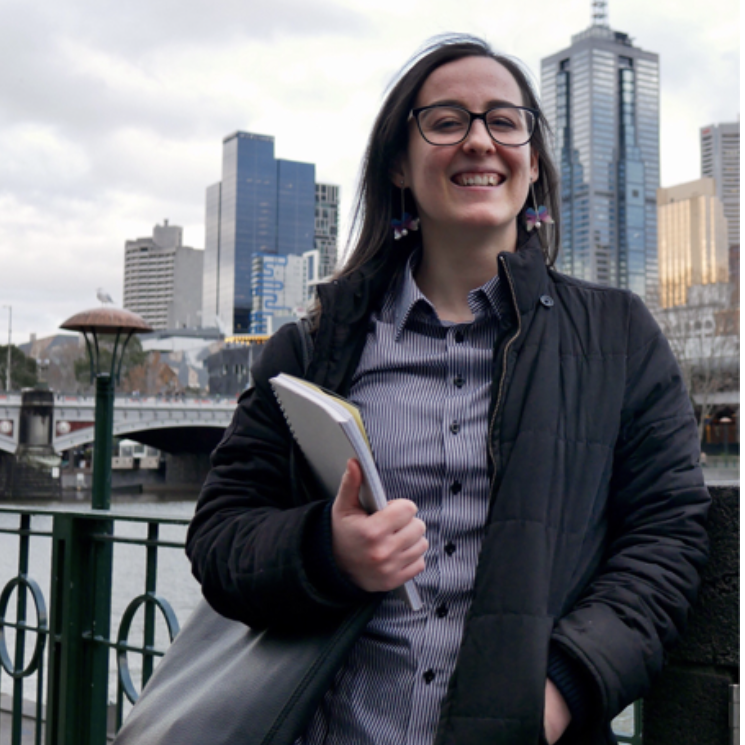KPMG report: Australia's education funding 'skewed' to uni over TAFE
🔗 [SYSTEM UPDATE] Link found. Timestamp incremented on 2025-11-26 13:55:13.Government fee assistance is “skewed” to support university degrees over practical pathways in vocational education, a new report from consulting firm KPMG has found. MIE SORENSEN reports


By MIE SORENSEN
Government fee assistance is “skewed” to support university degrees over practical pathways in vocational education, a new report from consulting firm KPMG has found.
To improve skill shortages in the labour market and increase enrolments in technical courses, the report details a plan to merge the university and vocational sectors under a centralised federal funding scheme.
Monash education lecturer and former TAFE teacher Dr John Pardy said the way vocational courses were financed was a major policy issue.
Dr Pardy said the funding was “messy” because it was caught between the commonwealth and the state governments, which could lead to vocational courses becoming “more expensive”.
Vocational students enrolled at level Certificate IV and below are not eligible for deferred loans.
Students often pay upfront fees and, if a course is not selected for subsidy by respective state governments, students are expected to pay the entire cost of their qualification.

When a course is subsidised and a student is eligible for a loan, a diploma can rack up a higher debt for a year of study than university students in the same field.
For example, at Victoria University a one year government subsidised Diploma of Early Childhood Education costs $8676 while the first year of an undergraduate degree in the same field costs $6440.
Although the split between individual contributions and government funding depends on the field of study, university students on average contribute only 42 per cent to the total cost of their undergraduate degree.
Last year, Business Council chief executive Jennifer Westacott said in a statement that the existing education system created “confused and distorted incentives” and was “unfair in its treatment of students”.
RMIT student Tayla Palmer, who left a Bachelor’s degree in textile design to complete a Certificate IV and Diploma in marketing, said it was unfair that choosing TAFE was considered taking a step back.
“It’s not right that vocational education can be more expensive than university,” said Ms Palmer, who had to pay more than $3000 upfront to complete her Certificate IV in marketing.
“I wish it was the same as HECS where you could just put all your fees aside,” she said.
“We also had to pay the Student Services and Amenities Fee, that’s about $250 outright every semester, which uni students could just defer.”
Ms Palmer said funding inequities reflected the way our society valued a degree over vocational learning.
Ms Palmer, who left a bachelor’s degree in textile design to complete a Certificate IV and Diploma in marketing, said it was unfair that choosing TAFE was considered taking a step back.
However, Dr Pardy said that a federal takeover for all qualifications was a risky solution.
The changes could remove important differences between the vocational and higher education learning experiences, he said.
“The paradox is that they want these diverse institutions but then they want one level of government to control and fund them.
“Often with unified systems you get uniformity.”
The conversation around vocational sector funding will continue and is set to play a role in the next federal election, as Labor has promised an inquiry into the entire post-secondary system.





